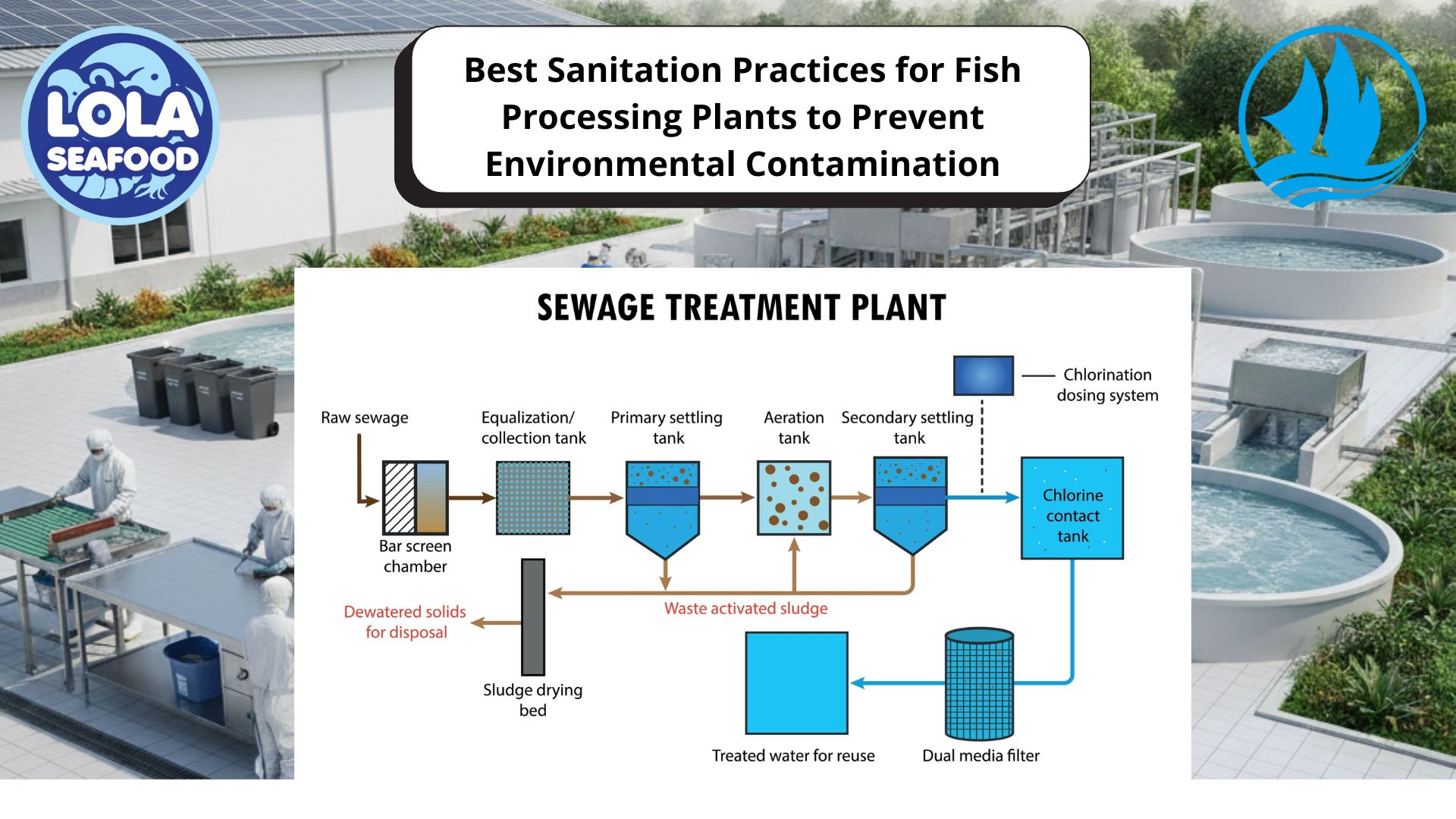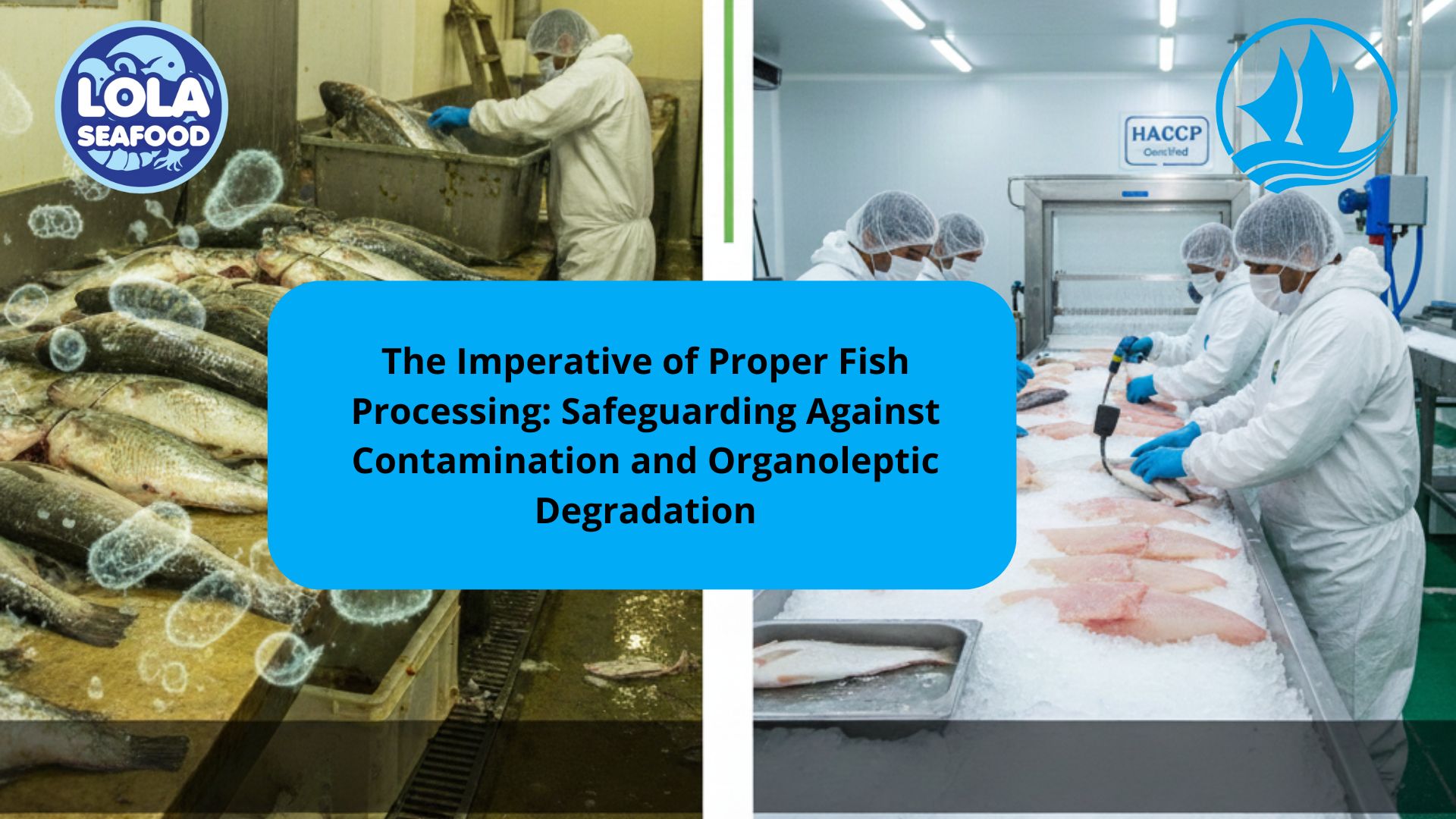Understanding the Labeling and Certification of Frozen Fish Products
By. Najih - 15 Aug 2024.jpg)
1. The Importance of Labeling and Certification
Transparency: Labeling and certification provide transparency about the origin, quality, and handling of frozen fish products. Accurate labels help consumers make informed choices and understand what they are purchasing, including details about the fish species, source, and processing methods.
Quality Assurance: Certifications often indicate that the fish has been processed and handled according to strict quality and safety standards. This assurance is vital for maintaining consumer confidence and ensuring the product meets expected standards.
Regulatory Compliance: Proper labeling ensures compliance with national and international food safety regulations. It helps prevent misleading claims and ensures that the product meets legal requirements for consumer protection.
2. Key Elements of Frozen Fish Labels
Species Identification: Labels must clearly identify the fish species to avoid confusion and ensure consumers know exactly what they are buying. Mislabeling can lead to consumer mistrust and potential health risks.
Origin and Sourcing: Information about the geographical origin of the fish and its sourcing practices (e.g., wild-caught or farmed) helps consumers understand the environmental and ethical implications of their purchase.
Processing and Handling Information: Labels should include details on how the fish was processed, such as the freezing method used (e.g., flash freezing) and any added ingredients or preservatives. This information is essential for understanding the quality and safety of the product.
Expiration Dates and Storage Instructions: Accurate expiration dates and storage instructions help ensure the product remains safe and of high quality throughout its shelf life. Consumers need clear guidance on how to store and handle frozen fish to maintain its freshness and safety.
3. Consumer Benefits of Certification
Informed Choices: Certifications help consumers make informed choices by providing assurance that the products they buy meet specific standards for quality, sustainability, and safety.
Trust and Credibility: Certified labels enhance trust and credibility, as they represent third-party validation of the product’s claims. Consumers are more likely to trust products with reputable certifications.
Support for Sustainable Practices: By choosing certified products, consumers support sustainable and responsible fishing and farming practices, contributing to the conservation of marine resources and ethical production methods.
4. Challenges and Considerations
Label Confusion: The proliferation of certifications can lead to label confusion for consumers. It is essential for labels to be clear and informative to help consumers understand the significance of different certifications.
Verification and Compliance: Ensuring that certifications are genuine and that producers comply with the standards can be challenging. Regular audits and verification processes are necessary to maintain the integrity of certifications.
Cost Implications: Certification processes can be costly for producers, which may impact product pricing. Consumers should be aware of the balance between certification costs and the benefits of certified products.

The Legal Shark Value Chain: Identifying Critical Control Points for Cost Efficiency and Value Enhancement from Catch to Consumer

Global Trust Across Three Segments: How the HACCP System Ensures Premium Quality for Demersal, Pelagic Fish, and Legal Shark Product Utilization
.jpg)
Green Investment, Profitable Harvest: How Sustainability Practices Reduce Operating Costs in Fish Fillet Processing Plants (Skin-On and Skin-Less)
 in Meeting Global Protein Demand Sustainably.jpg)
Sustainable Aquaculture: The Role of Recirculating Aquaculture Systems (RAS) in Meeting Global Protein Demand Sustainably




